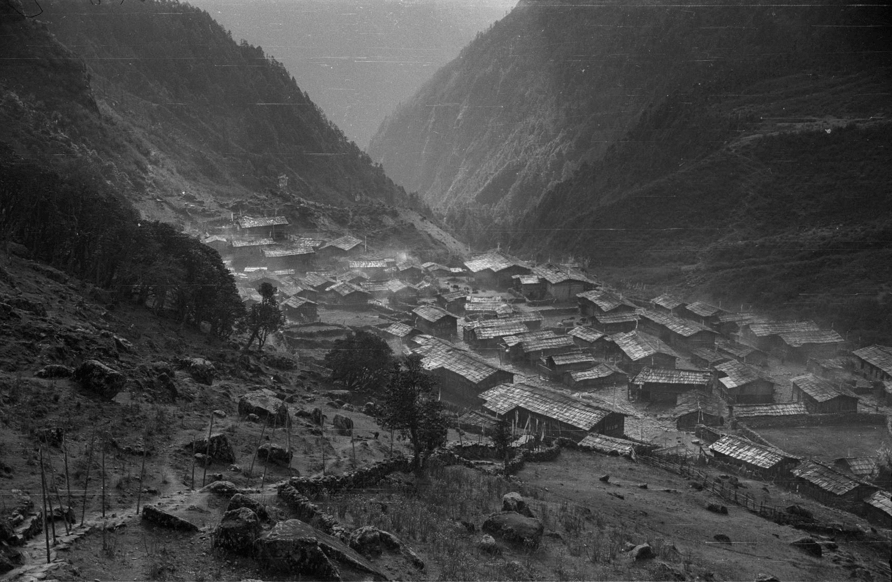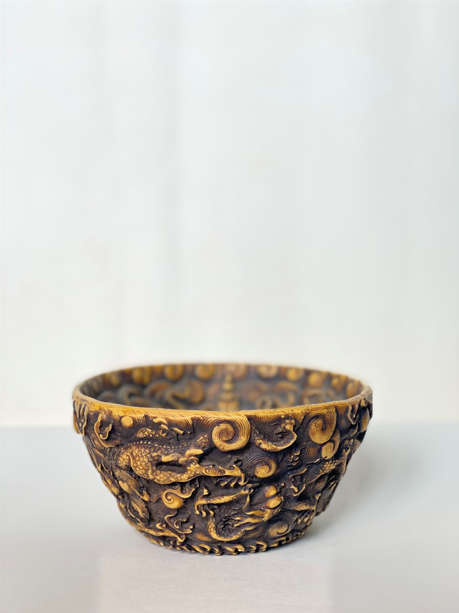Nyima
Dorjee Bhotia
Courtesy of the artist

Through the vantage point of urban centres, the high mountain areas of the Himalayan region are often stereotyped as being durgam (remote), sudur (far-of), and simanama (at the margins). Such tropes often reinforce misguided dichotomies of centre/periphery, isolated/connected, wild/civilised. Through his research and work, Nyima Dorjee Bhotia traces the ways in which these misconstructions undermine the experiences of mobility and cross-boundary interactions that continue to shape modernity in Himalayan communities.
Drawing from the village of Walung in northeastern Nepal, Bhotia taps into the knowledge and material sediments of his community to narrate a Himalayan experience of global history. According to folklore, a fox (wa) guided humans to this present-day settlement (lung). Bhotia’s contemporary archeological exploration ties Walung to the rising economies of India and China, while complicating popular conceptualizations of material and infrastructural disparities in high mountain areas.
The artist’s participation is made possible with support from Mobile Library: Nepal, a collaboration between Asia Art Archive and Siddhartha Arts Foundation.

Location Map

Designed & Developed by: Curves n' Colors | Visual identity by: Wkshps
